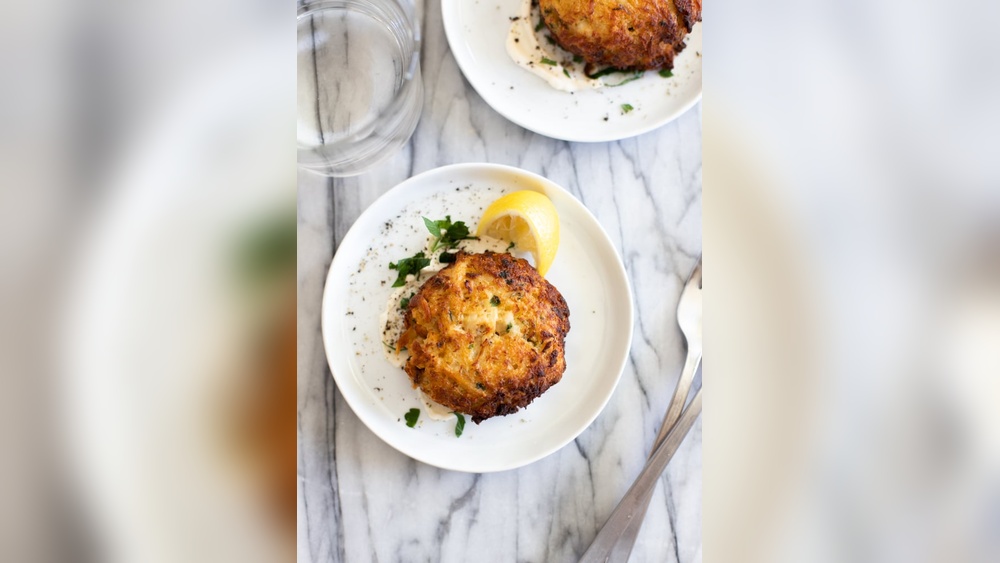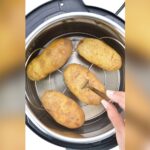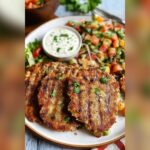Craving delicious crab cakes but only have frozen ones on hand? You’re in the right place.
Cooking frozen crab cakes might seem tricky, but with the right tips, you can achieve a crispy outside and tender, flavorful inside every time. Whether you prefer baking, pan-searing, or using an air fryer, this guide will walk you through easy steps to turn those frozen crab cakes into a mouthwatering meal.
Keep reading to discover how to make your crab cakes taste like they’re fresh from a seafood restaurant—right in your own kitchen!

Preparing Frozen Crab Cakes
Frozen crab cakes can be cooked directly or after thawing. Thawing helps them cook evenly and keeps the inside moist.
To thaw, place crab cakes in the fridge for 8-12 hours. This slow method keeps the texture intact. Quick thawing in cold water works too but use a sealed bag and change water every 30 minutes.
Cooking frozen crab cakes without thawing saves time. Use an oven or air fryer and add a few minutes to cooking time. The outside will get crispy while the inside stays hot.
Choose crab cakes with real crab meat and minimal fillers. Look for brands with good reviews and simple ingredients. Avoid ones with too many additives or artificial flavors.
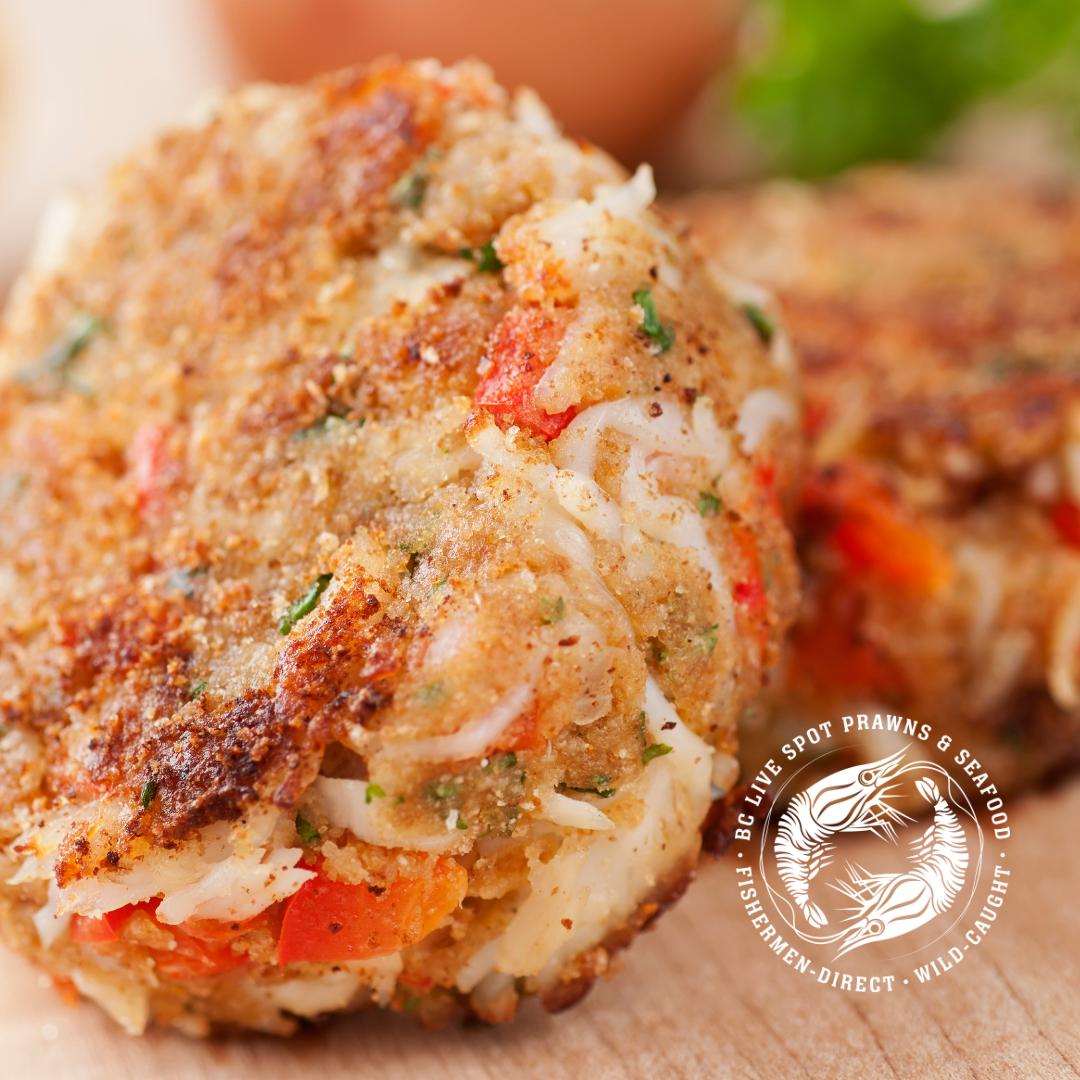
Cooking Techniques
Pan-searing is great for making crab cakes crispy. Heat a little oil in a pan over medium heat. Cook frozen crab cakes for 4-5 minutes each side until golden brown. Pat them dry with paper towels before serving to remove extra oil.
Baking is easy and healthy. Place frozen crab cakes on a buttered baking sheet. Bake in a preheated oven at 375°F (190°C) for about 20 minutes. Turn once halfway through cooking for even browning.
Air frying offers a quick and crispy result. Put crab cakes in the air fryer basket. Cook at 400°F (200°C) for 10-12 minutes. Flip halfway for a nice crust.
Steaming keeps crab cakes moist. Add an inch of water to a pot. Use a steamer basket or foil with holes. Arrange crab cakes inside and steam for 8-10 minutes until heated through.
Microwaving is fastest but less crispy. Place crab cakes on a microwave-safe plate. Heat in 1-minute bursts, checking often. Avoid overcooking to prevent rubbery texture.
Tips For Perfect Results
Prepping for even cooking means letting crab cakes thaw slightly. This helps heat pass through more evenly. Use a paper towel to pat them dry. This removes extra moisture that can cause sogginess.
Avoiding overcooking is key for tender crab cakes. Cook them on medium heat and check often. Overcooked crab cakes become dry and lose flavor. Keep an eye on the color; golden brown is perfect.
Enhancing crispiness works best by using a mix of oil and butter. Oil heats well and crisps the outside. Butter adds flavor and browns the crust nicely. Combine both for the best texture and taste.
| Using Oil and Butter |
|---|
| Use 1 tablespoon of oil to prevent sticking. |
| Add 1 tablespoon of butter for a rich, crispy finish. |
| Cook crab cakes on medium heat for 3-4 minutes each side. |
| Flip gently to keep the shape intact. |
Serving Suggestions
Popular dips and sauces enhance the flavor of crab cakes. Classic choices include tartar sauce, remoulade, and garlic aioli. A squeeze of fresh lemon juice adds a nice zest. For a spicy kick, try chipotle mayo or cocktail sauce.
Side dishes should be light and fresh. Serve crab cakes with coleslaw, garden salad, or steamed vegetables. French fries or corn on the cob are also popular choices. Rice or quinoa makes a good healthy option.
Garnishing adds color and taste. Use chopped parsley or dill for a fresh touch. Thin lemon slices or cucumber ribbons brighten the plate. A small side of pickled vegetables can add tanginess and crunch.
Common Mistakes To Avoid
Skipping thawing can cause uneven cooking and soggy crab cakes. Some crab cakes need partial thawing to cook well.
Overcrowding the pan or air fryer lowers heat. This stops crab cakes from getting crispy outside. Cook in small batches for best results.
Ignoring manufacturer instructions might spoil taste or texture. Always check the package for cooking time and temperature. This ensures perfect crab cakes every time.
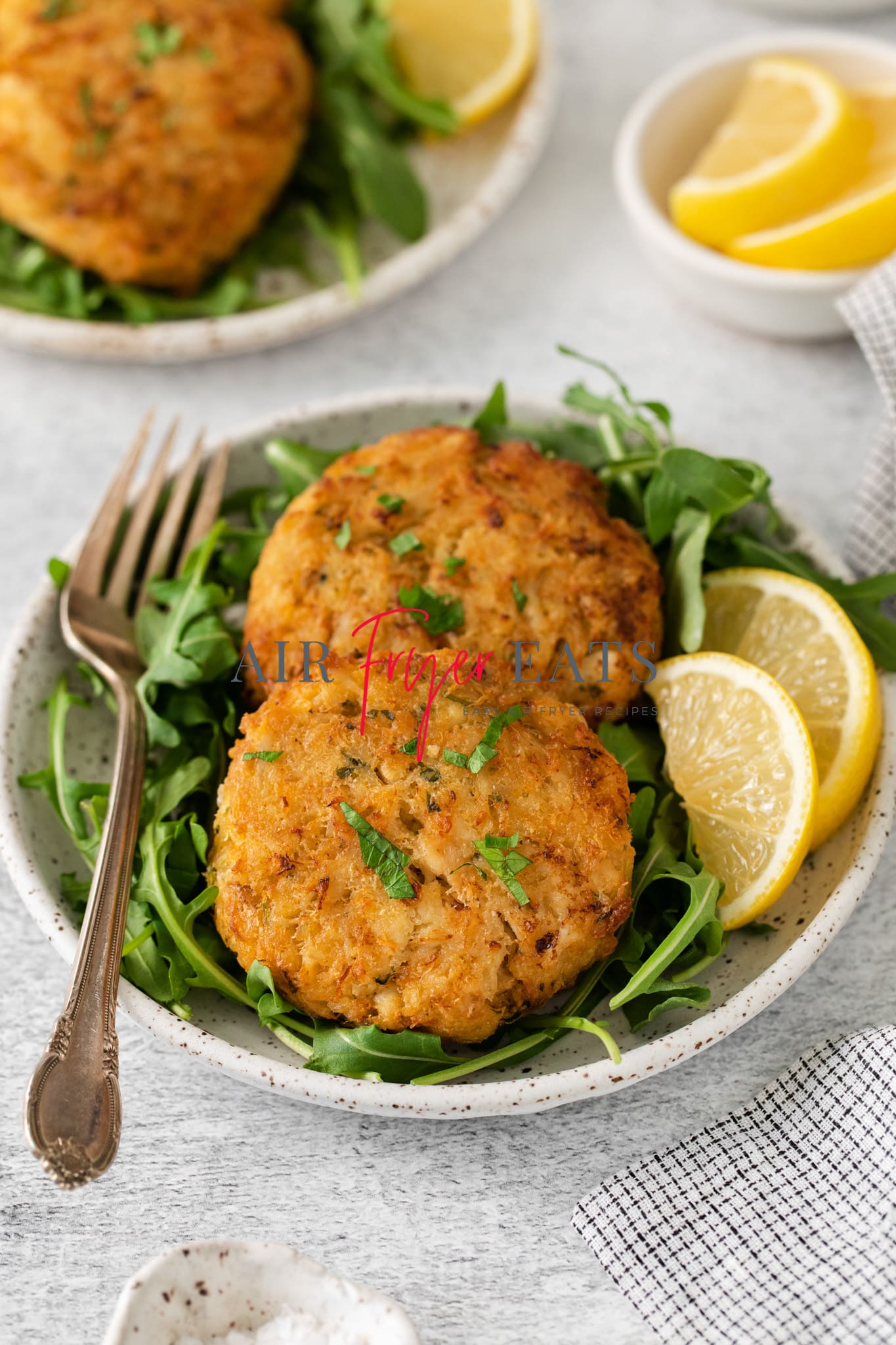
Frequently Asked Questions
How To Heat Up Frozen Cooked Crab Cakes?
Heat frozen cooked crab cakes by baking at 350°F for 15-20 minutes or pan-searing until heated through. Avoid overcooking.
Do Crab Cakes Need To Be Thawed Before Cooking?
Crab cakes do not always need thawing before cooking. Cooking from frozen works well in air fryers with longer time. Thawing ensures even cooking and prevents burning. For best results, thaw in the refrigerator or use quick microwave thaw before cooking.
Is It Better To Fry Or Bake Crab Cakes?
Frying crab cakes creates a crispy, golden crust and richer flavor. Baking offers a healthier, less oily option with even cooking. Choose frying for texture and taste, or baking for ease and health benefits. Both methods work well depending on your preference.
Do You Need To Thaw Frozen Crab Before Cooking?
Thaw frozen crab for even cooking and better texture. Cooking from frozen is possible but may require longer time and oil spray.
Conclusion
Cooking frozen crab cakes is simple and quick with the right method. Choose baking, pan-searing, steaming, or microwaving based on your time and tools. Always handle crab cakes gently to keep their shape. Enjoy crispy, flavorful crab cakes every time by following these steps.
Serve with your favorite sauce or side dish. Now, you can enjoy tasty crab cakes anytime at home.

Yes, working as , Food Blogger and Product Reviewer for last 6 years. Here you will get amazing deals for Smart kitchen products. I am your best source for the latest update in cooking trends. I provide insightful articles, reviews, and analysis on cutting-edge kitchen gadget. My mission is to empower readers with the knowledge they need to stay ahead in a rapidly evolving coking world. Join me as we explore the future of food technology and how it shapes our lives today and tomorrow.

